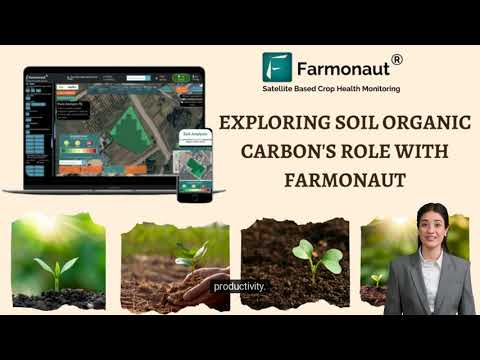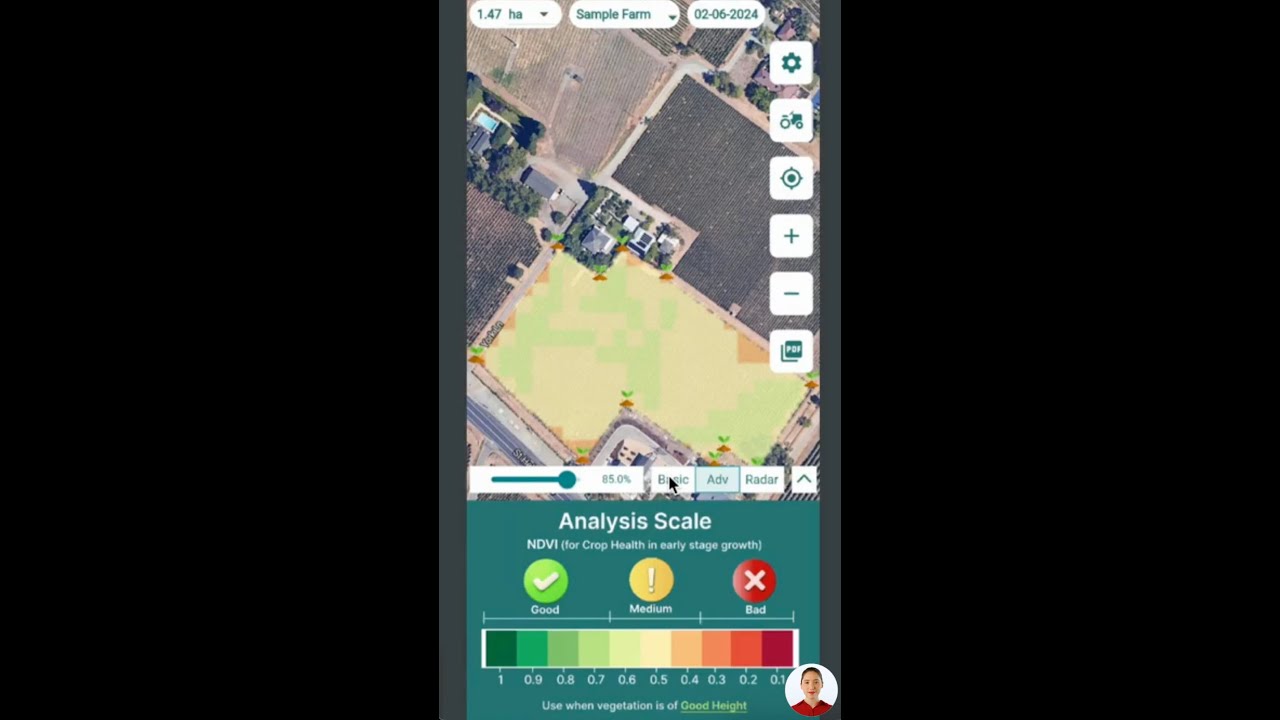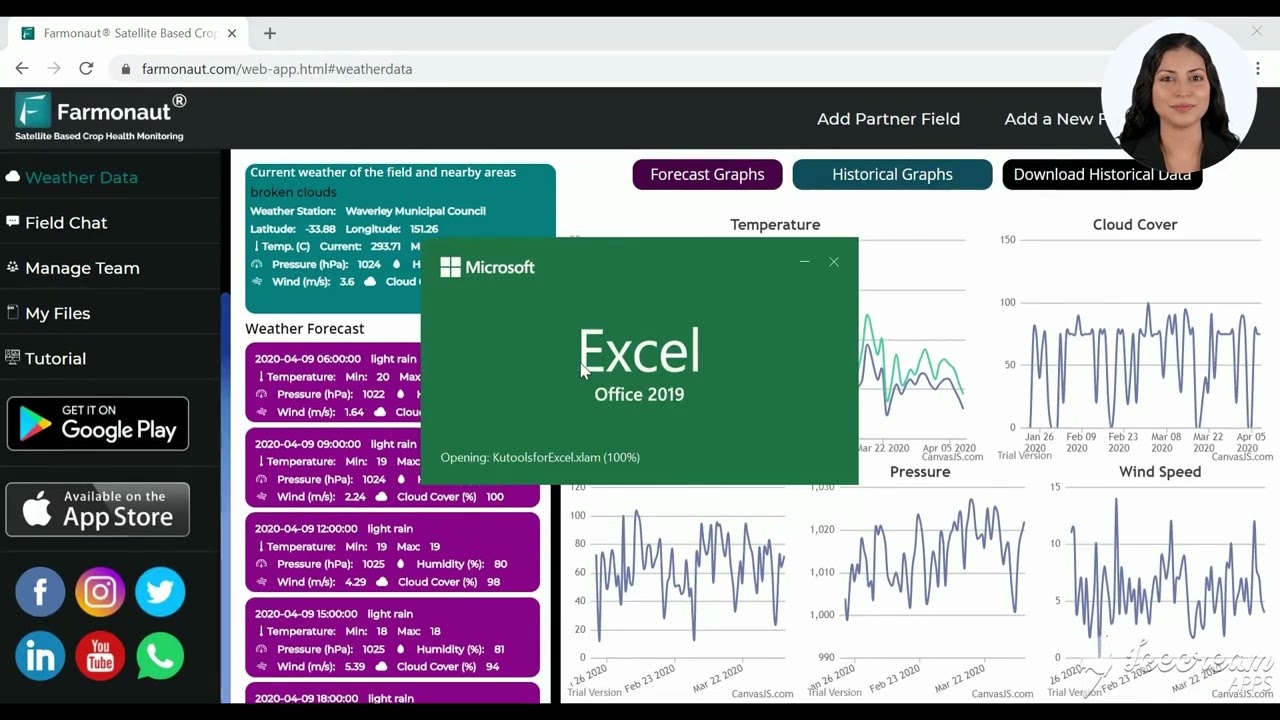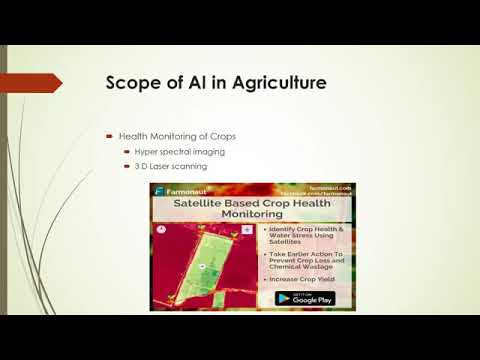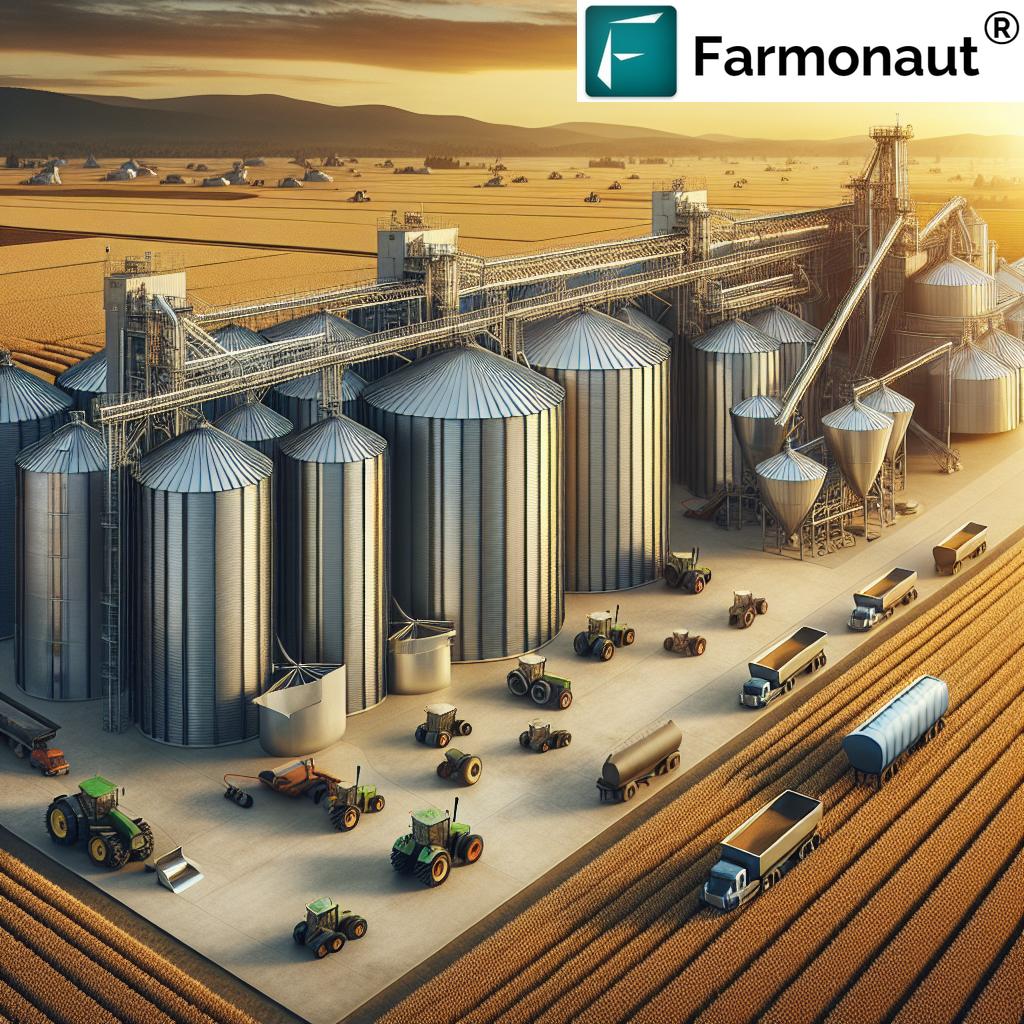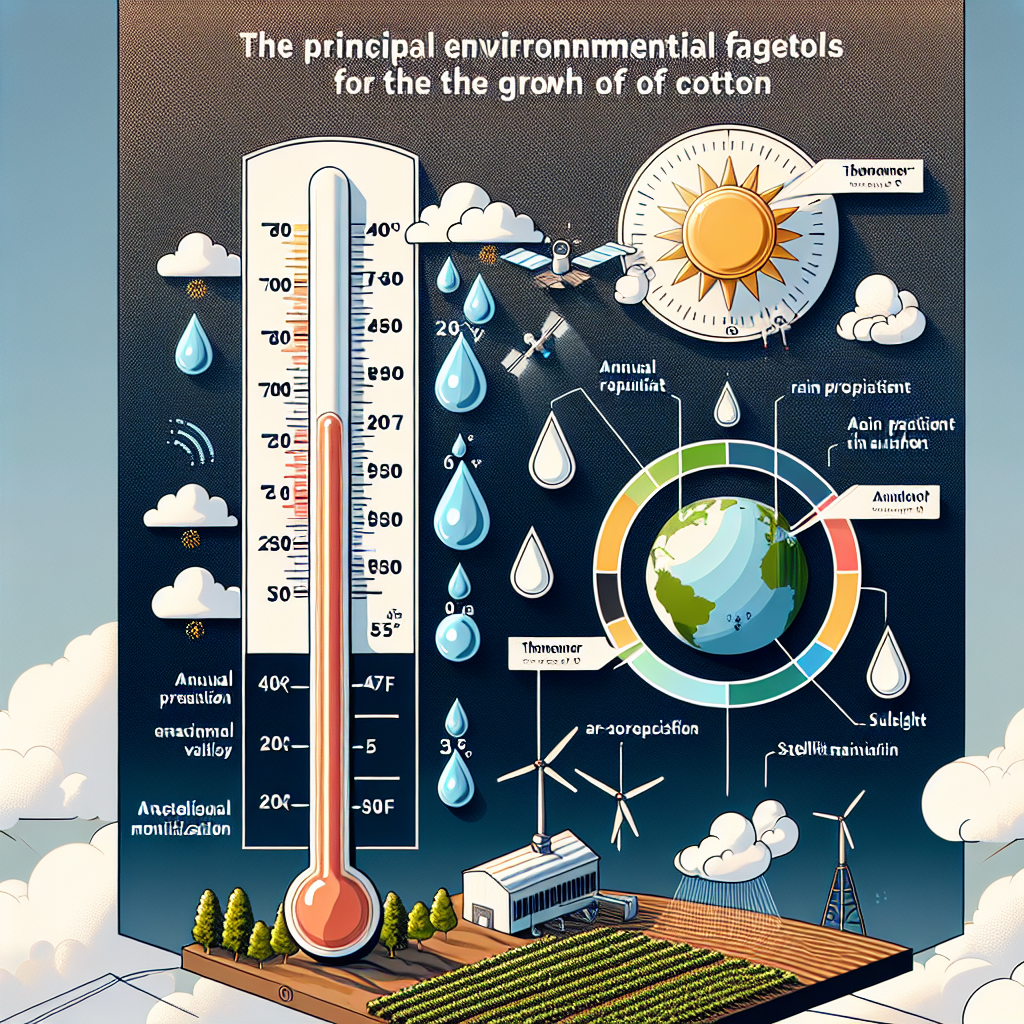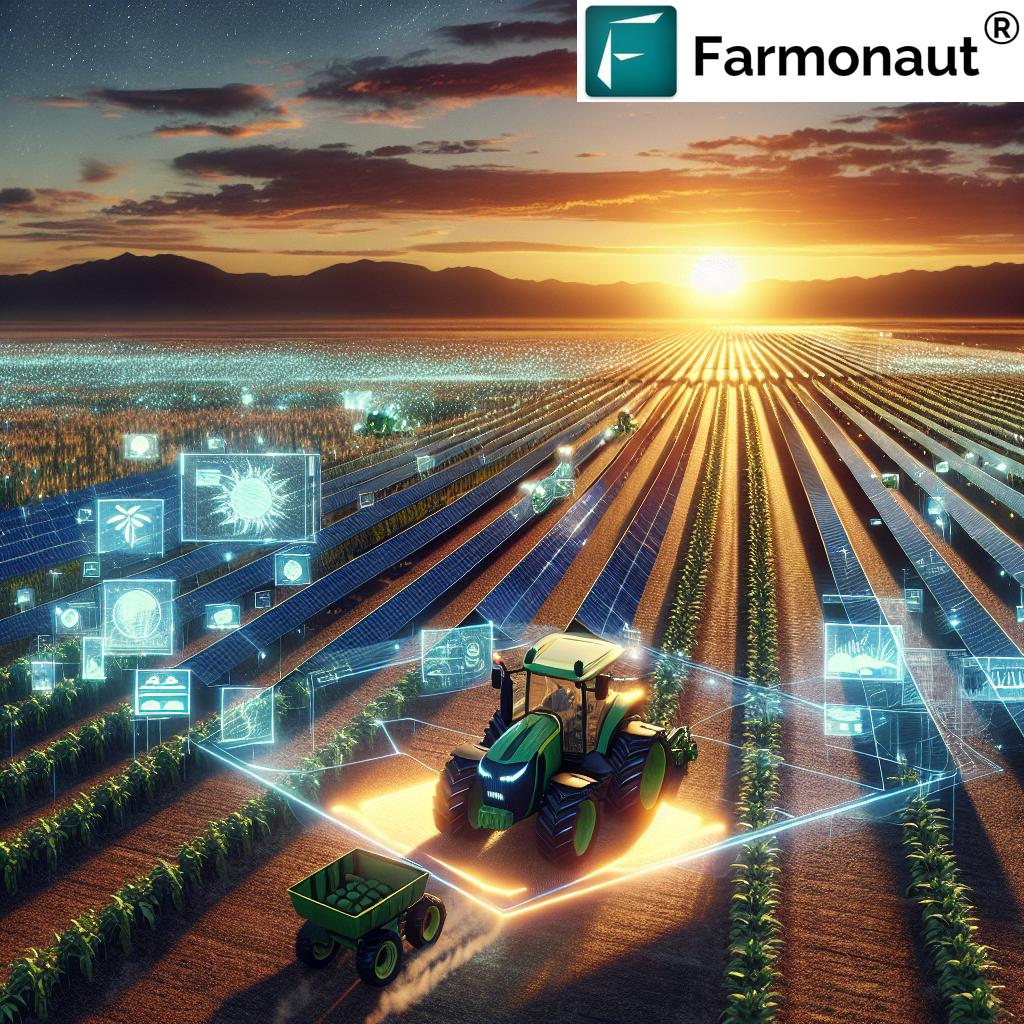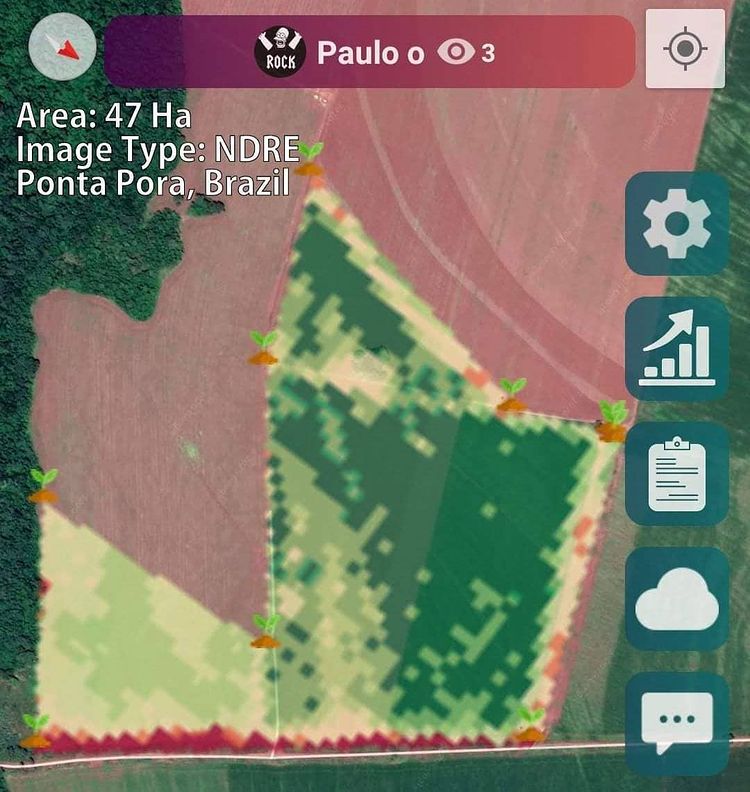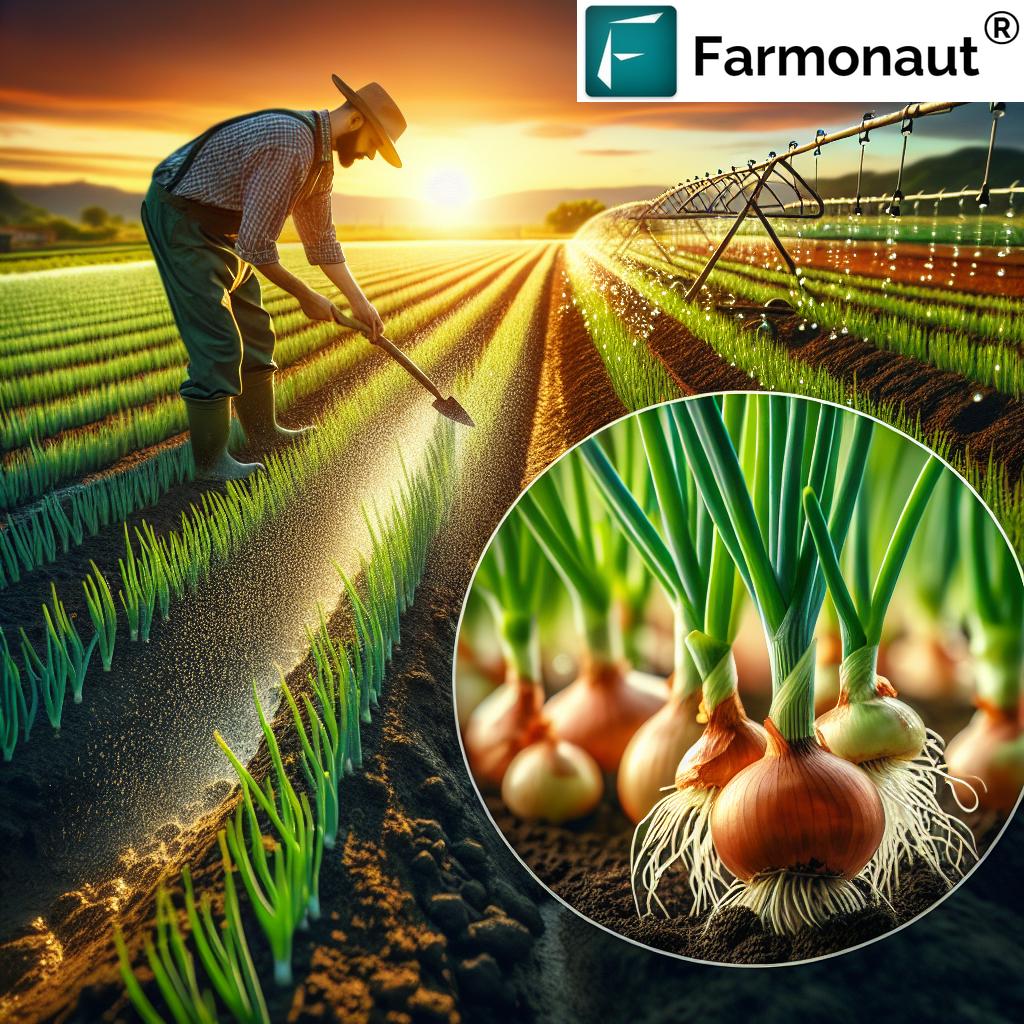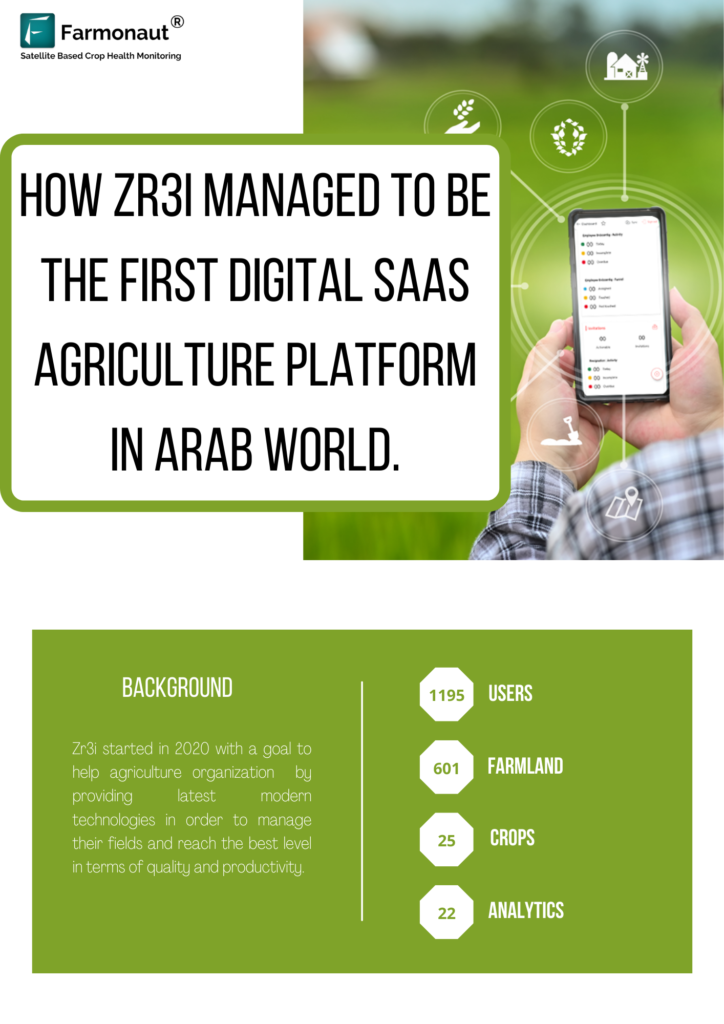Optimal Growing Conditions: 7 Shocking Tips for Huge Yields
Introduction: Why Optimal Growing Conditions Matter in Agriculture
When we talk about achieving the highest yields and healthiest plants, one phrase stands above all: optimal growing conditions. Whether cultivating crops, nurturing trees, or growing a garden of vegetables and ferns, understanding and controlling the essential factors—like temperature, soil quality, water availability, and light exposure—can dramatically enhance growth, rates of photosynthesis, and final yields.
As farmers, gardeners, and agribusiness professionals, we face ever-changing climatic elements. Only by consistently implementing the best practices can we reduce the risk of plant stress, deficiencies, disease, or loss. In this guide, we’ll unveil seven expert-backed tips—including actionable steps and modern technologies—to help you unlock the full potential of your crops, trees, and plants. By the end, you’ll master the art and science of optimal growing conditions.
Unlocking Optimal Growing Conditions: The 7 Shocking Tips for Huge Yields
Let’s dive deep into the most impactful, proven science and technology-backed tips. These strategies are built on our collective experience, expert research, and new innovations—ensuring you can maximize plant health, growth rates, and overall yield, regardless of your local climates and soil conditions.
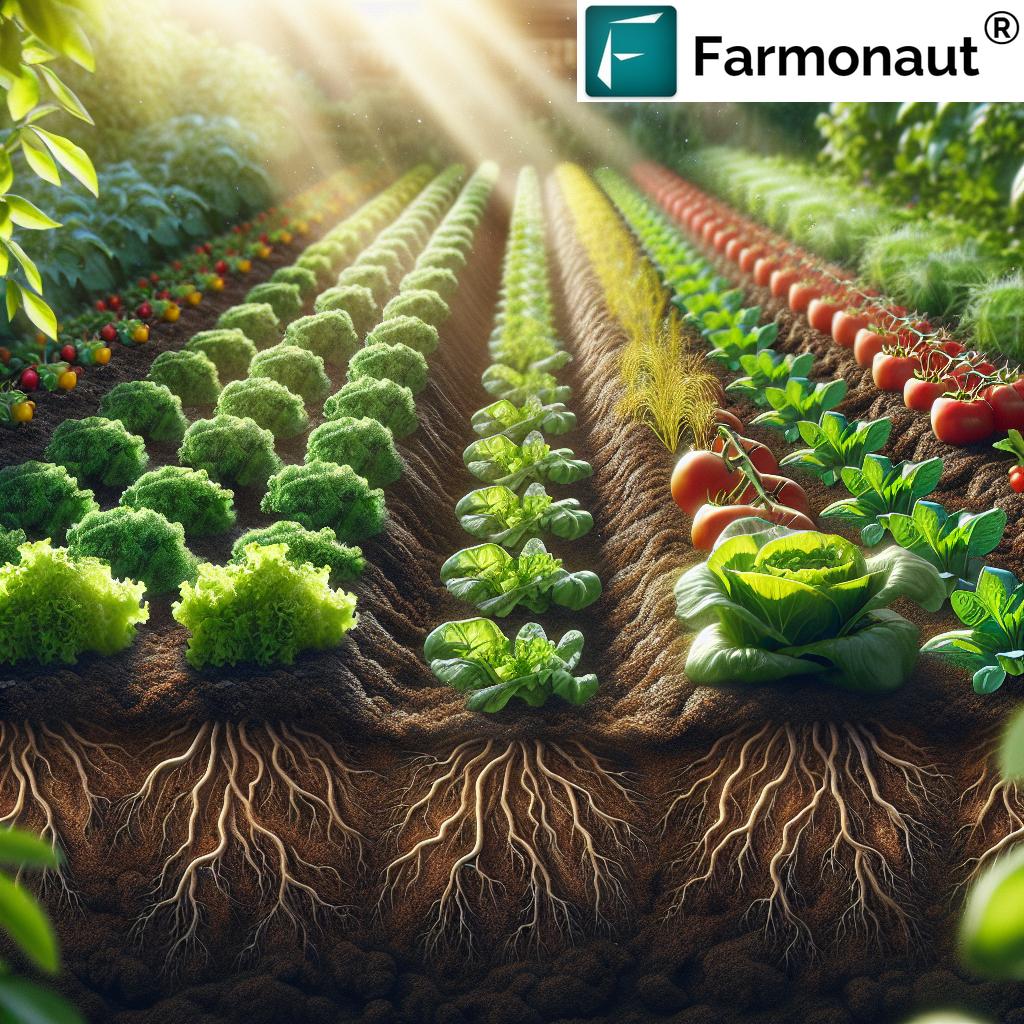
Tip 1: Master the Best Temperature for Plant Growth
The temperature is perhaps the most significant of all growing condition factors. Every plant species, from tomatoes and peppers to lettuce and spinach, has a specific temperature range that supports its optimal growth and development. Maintaining the correct temperature range is pivotal in ensuring maximum yields and preventing plant stress or death.
Understanding Plant Temperature Requirements
- Cool-season crops (e.g., lettuce, spinach): Thrive in 13°C to 24°C (55°F–75°F).
- Warm-season crops (e.g., tomatoes, peppers): Prefer 21°C to 29°C (70°F–85°F).
- Tree species like Eastern redbud and American dogwood are adapted to a wide range of North American climates, emphasizing the importance of matching plant species to their preferred temperature range.
What Happens with Non-Optimal Temperatures?
- Temperatures outside of the preferred range can stunt growth, reduce yields, and may even result in plant death.
- Certain crops stop flowering or producing fruit if daytime highs or nighttime lows fall to extremes.
Pro Tip: Use tools like Farmonaut’s satellite-based monitoring platform to integrate weather forecasts and temperature trends into your day-to-day farm management!
Tip 2: Improve Soil Quality for Plants (Foundation of Optimal Growing Conditions)
Healthy, balanced soil serves as the very foundation of optimal plant growth and productivity. Soils that offer proper structure, nutrient retention, and a steady supply of plant nutrients promote vigorous root development and enhance yields.
Soil Texture and Structure
- Loamy soils – A balanced mix of sand, silt, and clay – deliver the best drainage and nutrient-holding capacity.
- Structure improves aeration and root penetration, supporting healthy microbial activity and organic matter turnover.
Soil pH and Nutrient Content
- Most plants thrive in a slightly acidic to neutral pH (6.0–7.0).
- pH affects nutrient availability: Too acidic (<6.0) may cause deficiencies; too alkaline can lock up iron, manganese, and more.
- Organic matter (5% or more) creates rich, productive soils—boosting nutrient content, water retention, and microbial life.
- Regular soil testing helps determine nutrient levels and enables targeted fertilization, which is essential for improving crop yields.
Farmonaut’s satellite monitoring platform lets us track soil moisture variation, spot nutrient stress, and make timely interventions—giving us a true edge in maintaining soil health!
More on soil health for sustainable farming:
Tip 3: Optimize Water Availability for Crops
Water is not just vital; it is the engine of photosynthesis, nutrient transport, and overall growth for our plants. However, both excessive watering (leading to waterlogging and root rot) and underwatering (causing drought stress) can be equally fatal.
How Much Water Is Enough?
- Consistent soil moisture levels are crucial. Avoid dramatic fluctuations—most crops thrive on 20–40 mm of water per week, but always check for your specific species and local conditions.
- Drainage: Loamy soils, and raised beds, or well-prepared planting holes with good percolation prevent waterlogging. Simple field tests can help assess drainage.
- Best watering practices: Morning watering minimizes evaporation losses and keeps foliage dry throughout the day, reducing disease risk.
Pro Tip:
To manage water availability for crops and maintain soil quality, use Farmonaut’s real-time moisture monitoring tools. This helps us optimize irrigation and conserve water.
Tip 4: Boost Light Exposure for Plant Growth
Light powers photosynthesis—the process by which plants make energy. The importance of correctly managing light exposure for plant growth is often underestimated, yet it can be a game-changer in improving crop yields and health.
Choose the Right Light for Your Plants
- Full sun: Most vegetables, fruits, and flowering plants require at least 6–8 hours of direct sunlight per day.
- Partial shade: Crops like spinach and ferns appreciate 3–6 hours of light or filtered light, especially in hot climates.
- Full shade: Mosses and certain ferns can thrive with less than 3 hours of sunlight per day.
Example: Lettuce grows well in partial shade during the peak summer heat, reducing bolting and improving leaf quality. Tomatoes and peppers need full sun for best yields.
Optimize sunlight: Use row orientation, reflective mulches, or controlled environment farming to maximize natural and supplemental lighting!
Tip 5: Ensuring Good Air Quality for Maximum Growth
Many growers overlook the critical role of air quality in plant productivity. Plants require clean, unpolluted air for respiration and optimal photosynthesis. Polluted air—containing high levels of ozone, sulfur dioxide, or nitrogen oxides—can damage tissues, stunt development, and reduce yields.
Key Practices to Foster Ideal Air Conditions
- Pollution control: Reduce emissions from tractors, vehicles, and on-site burning.
- Ventilation: In greenhouses or polytunnels, use automated fans and vents for air circulation and temperature regulation.
- Plant arrangement: Avoid overcrowding to increase airflow around crops, which decreases fungal and bacterial risks.
Farmonaut’s weather data integrations help us forecast air quality hazards, enabling proactive management to sustain healthy, high-yielding plants.
Tip 6: Selecting Plants for Local Climates and Conditions
Not all plant species will thrive in your specific region. Matching crops, perennials, and trees to local climates and soil types is essential for sustainable and successful cultivation.
How to Choose Plants for Your Region
- Native species: Select species such as Eastern redbud or American dogwood in North America for adapted resilience and support for local pollinators and wildlife (see top native trees).
- Research local pests, diseases, and climate extremes for the best match with plant stress tolerance and growth cycles.
- Farmonaut’s vegetation indices and site-specific insights help us monitor and optimize which crops thrive in our fields.
For reforestation or large-scale projects, leverage the Farmonaut crop, plantation & forest advisory for tailored recommendations and yield projections.
Tip 7: Harness Controlled-Environment Agriculture (CEA) for Next-Level Yields
As climate patterns shift and arable land becomes scarce, controlled-environment agriculture (CEA) is revolutionizing the way we manage optimal growing conditions. In CEA setups, factors like temperature, humidity, CO2 levels, light exposure, and water availability are precisely monitored and regulated.
Key Benefits of CEA Systems:
- Year-round production, regardless of harsh or unpredictable weather outside.
- Hydroponics, aeroponics, and vertical farming techniques deliver water and nutrients directly to roots for higher efficiency and yields.
- Precision technology (including Farmonaut’s satellite & AI-based advisory tools) streamlines resource management and increases productivity with lower inputs.
Learn more about this transformative field at CEA on Wikipedia.
Optimize your own farm with Farmonaut’s large-scale farm management solutions: Learn about agro-admin and farm management apps.
Essential Cultivation & Tree Care Practices
Even with the best technology and optimal growing conditions, your choice of cultivation practices impacts final productivity. From planting techniques to ongoing tree care, every step should be aligned with your local conditions and plant species.
Common Cultivation Practices for Success
- Direct sowing: Seeds are planted directly into the prepared soil, ideal for crops that dislike transplanting (read how-to).
- Transplanting seedlings: For crops needing a head start, begin indoors and then transplant when conditions are favorable. Harden off seedlings to prevent transplant shock.
- Best tree care practices: Choose the right tree, plant at proper depth, ensure adequate drainage, and avoid common mistakes (see expert tips).
Pro Tips for Tree and Crop Productivity
- Mulch to regulate soil temperature and moisture for both crops and young trees.
- Support biodiversity by mixing plant species—intercropping and agroforestry systems can buffer against climate extremes.
Streamline resource use and reduce environmental impact with Farmonaut’s fleet management tools.
Compare Optimal Growing Conditions: Tomatoes, Wheat, Lettuce
For practical farming decisions, a quick comparison of soil quality, water availability, and light exposure across major crops is invaluable. Use this table as your reference for optimally growing tomatoes, wheat, and lettuce.
| Factor | Recommended Value/Range | Impact on Yield | Practical Tips |
|---|---|---|---|
| Soil Quality |
Tomatoes: pH 6.0-6.8, high organic, loamy Wheat: pH 6.0-7.5, well-drained, moderate OM Lettuce: pH 6.0-7.0, high OM, moist loam |
20–30% increase in yield with optimal pH and organic matter | Add compost regularly; test pH annually; avoid compacted soils for roots |
| Water Availability |
Tomatoes: 25–40 mm/week Wheat: 20–30 mm/week, less at ripening Lettuce: 25–35 mm/week, keep evenly moist |
15–25% higher yield with correct irrigation and drainage | Use drip irrigation for consistency; mulch to reduce evaporation; improve drainage |
| Light Exposure |
Tomatoes: 6–8 hours full sun Wheat: 6+ hours, avoid shade Lettuce: 4–6 hours sun/part shade in heat |
Up to 30% faster growth with optimal sunlight | Face rows north–south; prune for air/light; use shade in peak summer for lettuce |
By analyzing this matrix, we can rapidly tailor cultivation and irrigation schedules to our regional needs—ensuring consistent, high-quality yields!
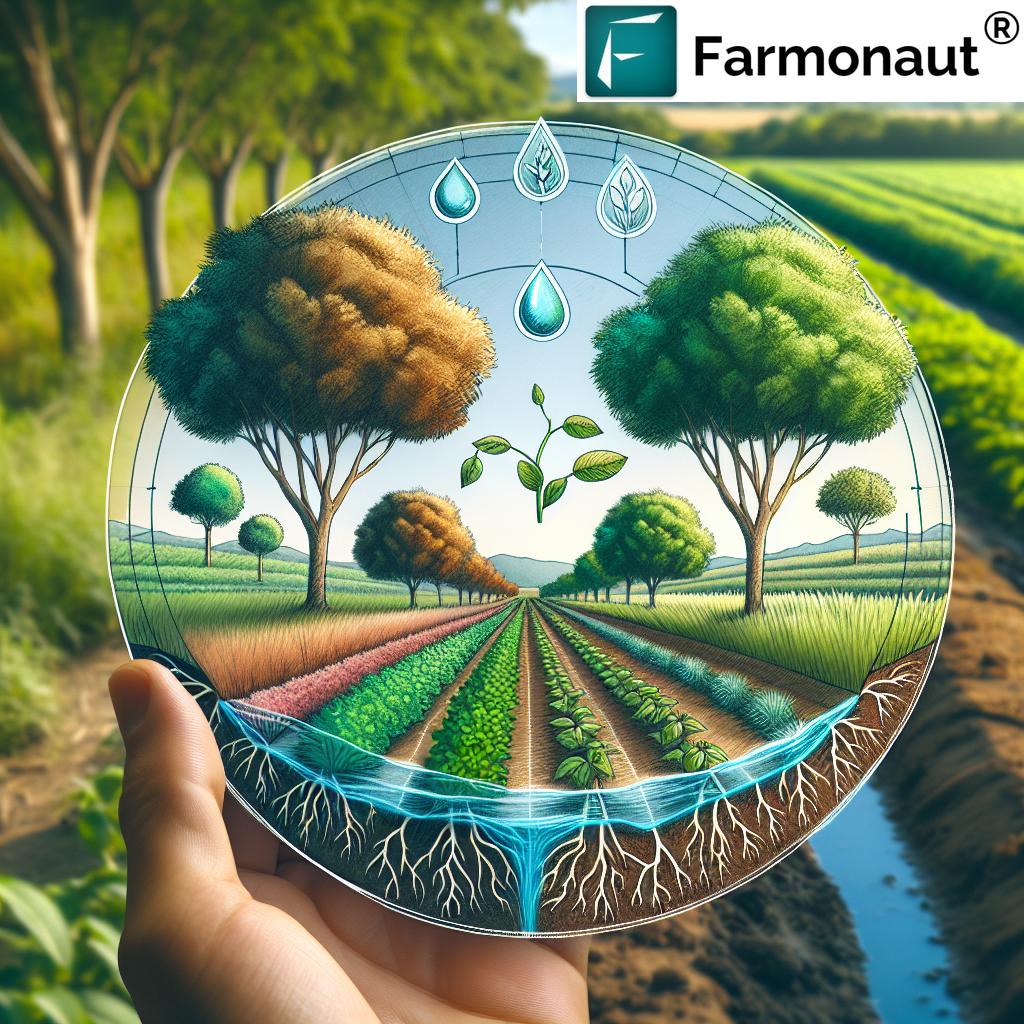
How Farmonaut Empowers Your Optimal Growing Conditions
To bring all these principles together in the field or orchard, modern precision agriculture tech is essential. Farmonaut leads the way by making advanced satellite and AI-driven farm management tools accessible, affordable, and scalable for every grower—no expensive hardware required.
Farmonaut’s Key Technologies:
- Satellite crop health monitoring: Real-time NDVI, soil moisture, and more—spotting plant stress, drought, or nutrient issues instantly.
- Jeevn AI Advisory: Personalized, field-specific crop management insights and weather forecasts—making sense of complex data for clear decisions.
-
Blockchain-based traceability: For crop, food, and textile supply chains, ensuring transparent, tamper-proof records from planting to harvest to consumer—vital for brand trust and food safety.
Explore blockchain traceability benefits -
Resource & fleet management: Easily track, schedule, and optimize all agro-logistics and machinery for maximum efficiency.
Discover fleet management features -
Carbon footprint monitoring: Real-time emissions tracking for sustainability compliance—ideal for climate-smart agriculture.
See carbon monitoring solutions -
Satellite-based crop loan & insurance verification: Fast-track approvals and reduce claim fraud with independent, remote farm data.
Learn about secure crop financing - API Access: Power your apps or analysis with easy connection to Farmonaut’s API and view the Developer Docs
Join thousands of smart farmers and agribusinesses using Farmonaut to achieve optimal growing conditions and higher, more trustworthy yields.
FAQ: Your Questions on Optimal Growing Conditions Answered
Q1. What does “optimal growing conditions” actually mean?
It’s the sum of environmental and cultivation factors—including temperature, soil quality, water availability, light exposure, air quality, and more—that together create the ideal habitat for maximum plant health, development, and yield.
Q2. How can I quickly check my soil quality for plants?
Start with a home or lab-based soil test. Check for texture (loam is best), organic matter, and pH (aim for 6.0–7.0 for most crops). Farmonaut’s satellite platform can show indicators of areas needing amending or intervention.
Q3. Should I always water in the morning?
Yes—watering in the early morning reduces evaporation, ensures soil moisture stability, and helps leaves dry, minimizing disease risks.
Q4. How can I increase light exposure for my shade-loving (or sun-loving) crops?
Choose the planting site carefully. For full-sun species, orient rows north–south and avoid tall structures or trees that cause shade. For crops like lettuce and ferns that thrive in partial shade, provide natural or artificial shade during peak heat.
Q5. Does Farmonaut work for small family farms?
Absolutely! Farmonaut is built to be accessible and scalable—serving everyone from smallholders to large agribusinesses.
Conclusion: Grow Big, Grow Smart—Master Optimal Growing Conditions for Huge Yields
Optimal growing conditions are not just a checklist—they are a data-driven, adaptive strategy. By deeply understanding the essential factors (soil quality, water availability, light, temperature, air, and more), implementing the latest practices, and leveraging Farmonaut’s innovative technologies, we give ourselves and our crops every advantage.
- Test and amend your soil regularly.
- Water with consistency, and never underestimate drainage.
- Monitor sunlight and adapt plantings for your local conditions.
- Leverage Farmonaut’s tools for real-time insight, whether you’re growing 10 pots or 10,000 acres.
With the rise of precision agriculture and affordable data solutions, the future of farming belongs to those who grow smart. Start your journey with Farmonaut today and experience firsthand the power of optimal growing conditions for bigger, healthier, and more sustainable yields.





